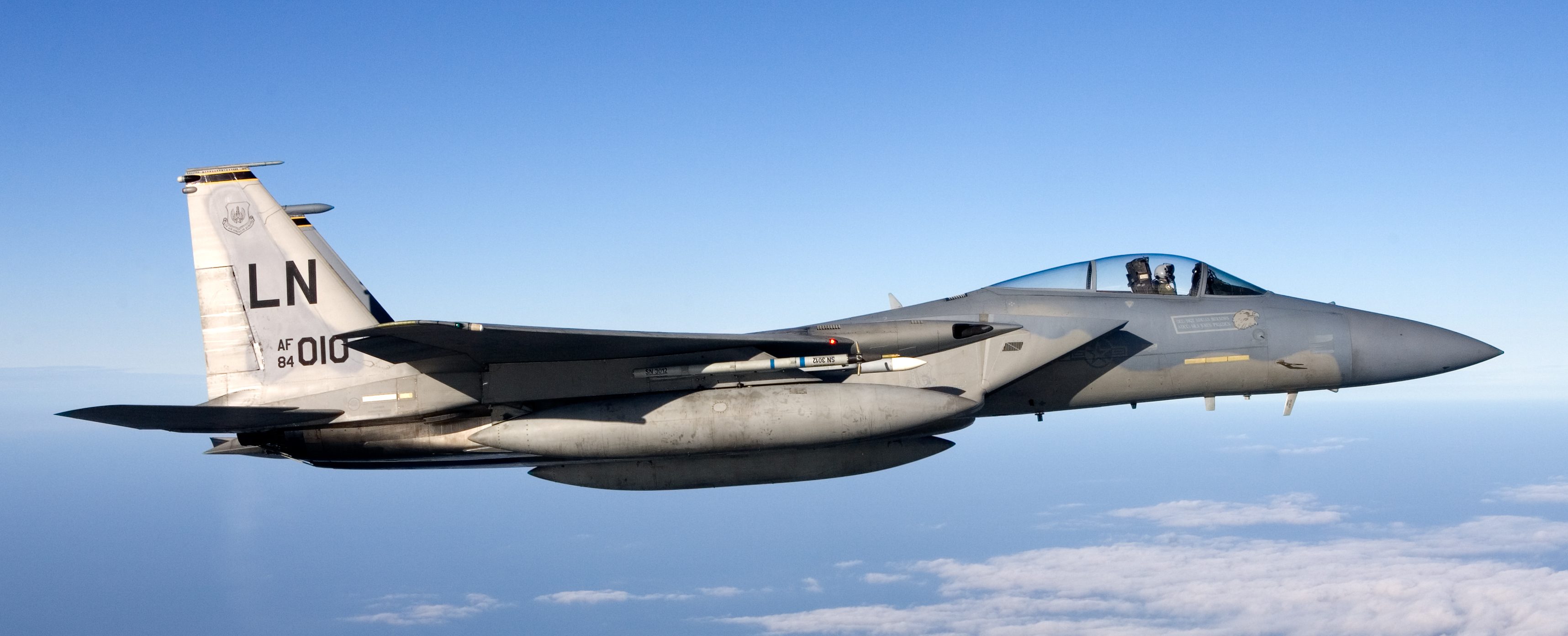Each year, the United States faces heavy threats in the form of wildfires and earthquakes. To keep the population and environment safe, the government must deploy immediate responders to help with search and rescue. However, due to hazardous conditions, responders are oftentimes delayed or unable to reach certain areas. So, how can responders reach survivors faster and save more U.S. land? One former Navy pilot is determined to help by enlisting the support of drones.
Last year, the Interior Department flew over 700 flights to 71 different wildfires as a part of their aerial vehicle program. This impressive feat was led by Mark Bathrick, Director of the Office of Aviation Services for Interior Department. Because of his amazing efforts in quelling dozens of fires, he is a finalist for the 2018 Service to America Medals or the SAMMIES. The SAMMIES are an esteemed awards program sponsored by the Partnership for Public Service that recognizes remarkable work done by career federal employees. Last week, Emily Jarvis spoke with Bathrick about the incredible service he and his office have been able to provide with the help of drones.
Bathrick first began his government career as a Navy fighter pilot and test pilot with the Department of Defense (DoD). After 25 years of dedicated service, Bathrick switched gears and landed at the Interior Department, bringing his knowledge of aviation and his test piolet background with him.
The Interior Department manages over 500 million acres of land across the United States and its territories. The department is also responsible for providing support to their nine bureaus (such as the Bureau of Safety and Environmental Enforcement and the National Park Service) which includes facilitating their ability to deploy manually to the field and fire scene with mission-ready aircrafts. To keep track of all this land, Aviation Services has acquired both manned and unmanned drones. All of the drones being used are distributed among their respective operators.
“When I came to the Interior, it was clear to me that unmanned aircrafts could be a huge force multiplier and could really improve our ability to make good decisions through better science,” says Bathrick. Once he saw a need for a more substantial aviation program, Bathrick got started right away with organizing and testing aircrafts.
Originally, the program with no substantial funding or staffing. Now, it’s grown to a staff of 72 people managing an official aviation program.
“We leveraged about $25 million worth of excess DoD small unmanned aircrafts, and for about 5 years, we used those aircrafts to do operational tests and evaluations,” says Bathrick. This process allowed for the program to test which kind of aircrafts would be most fitting for their missions and the costs expected of purchasing the vehicles out of a commercial market.
Bathrick sees drones as a valuable option for the agency because of their low cost, as well as the ability to quickly train staff to use them. “It took me 2 years to get through Navy Flight School but I can train a drone pilot in a week,” says Bathrick.
Because pilots don’t need to have specific aviation skills, Bathrick and his office are able to train drone operators who understand the actual need of the disasters. “Our drone operators are geologists, wildlife biologists, and park rangers. So, they’re able to be out there with this new, very powerful tool and we’re able to distribute those where they’re needed for all of those variety of missions,” said Bathrick.
While his office is pushing ahead with new testing and further development around unmanned vehicles, Bathrick stressed the importance of going out into the community and informing the public of their programs. “From the very beginning in 2006, we wanted to be transparent and open to the public. Our website probably has more information than most other government websites you’ll ever find. We put everything – videos, reports, you name it – out there,” said Bathrick.
“Our program is a Drones for Good program. And we’ve had probably 14,000 flights since we started flying in operations in 2010,” Bathrick added. “And, one of the metrics I’m most proud of is we’ve never had a complaint from the public.”
Get to know the other SAMMIE finalists before the ceremony. We think all of the finalists are awesome, but if you have a favorite be sure to vote for them in the People’s Choice Award!





Drones have many benefits and it is great to see how they are being used outside of the DOD. Awesome to see how transparency has prevented issues with the public.